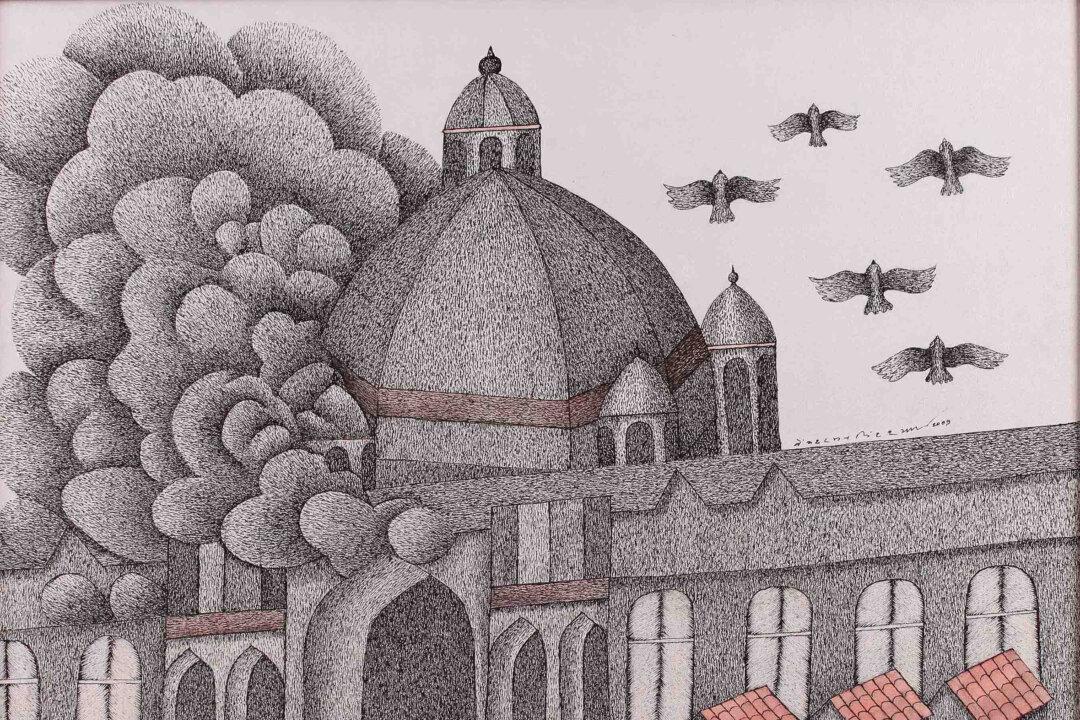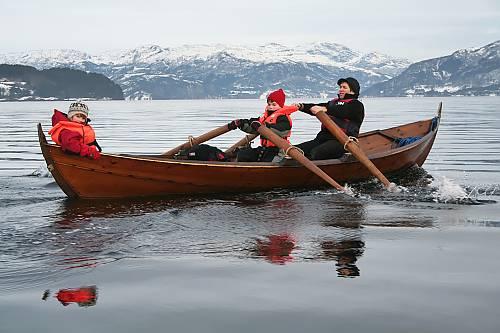In the 1920s, it was anthropologists at museums around the world who turned their attention to what was then called “native cultures.”
Nowadays, however, it is the curators of world-class art galleries such as the National Gallery of Canada (NGC) in Ottawa who are assembling collections of art created by indigenous peoples.
“Sakahan: International Indigenous Art,” the largest-ever global survey of contemporary indigenous art, which is currently on display at the National Gallery, exhibits the richness of this genre.
“This is a breathtaking exhibition, the largest in our 130 year history,” said Marc Mayer, National Gallery of Canada director and CEO, speaking at a press preview on May 15. “It is hard to beat when it comes to scale. We have been working on it for four years.”
Pieces by 80 artists from 16 countries are displayed, and according to Mayer, the exhibit will “really broaden the experience of what we think of as contemporary art.”
I was particularly impressed with the works of Sami artists hailing from Norway and Finland. The Sami, according to the beautiful book that accompanies this exhibition, “are an indigenous people living in an area called Sápmi that includes Norway, Sweden, Finland and Russia. Because art has always been a significant part of Sami culture, connecting the people to their ancestry, culture and tradition, the works are impressive and strong.
The Taiwanese artists present at the opening were dressed in their native costumes. Their works represent the development of indigenous peoples who still maintain traditional cultural beliefs through art production and storytelling. There are 14 major aboriginal groups in Taiwan.
Many well-known Canadians, such as Anishinaabe artist Rebecca Belmore, Dane-zaa artist Brian Jungen, and Inuit artists Annie Pootoogook and Tim Pitsiulak are included in this amazing exhibition.
One of the artists I had the privilege of talking to had travelled all the way from India to be at the opening. Venkat Raman Singh Shyam lives in Bhopal, India and continues the family tradition of telling stories through art. One of his favourite works that has been included in the exhibition is called “Smoking Taj,” a unique artwork done on canvas with pen and acrylic. It is just one of many of Venkat’s pieces included in “Sakahan.”
Co-curated by Greg Hill, the NGC’s Audain Curator of Indigenous Art, Christine Lalonde, Associate Curator of Indigenous Art, and Candice Hopkins, the Elizabeth Simonfay Guest Curator, with the support of an international team, “Sakahan” offers an exceptional opportunity to see works by some of the world’s most innovative artists.
The 288-page catalogue accompanying the exhibition is in itself a work of art. It is available for $39.95 at the NGC Bookstore or online at www.ShopNGC.ca as of May 17.
Without the participation of “Sakahan” partners, such as Aboriginal Affairs and Northern Development Canada, Aboriginal Art Centre, Art Gallery of Windsor, Asinabka Film and Media Festival, Canadian Museum of Civilization, Carleton University Art Gallery, Gallery 101, AXENE07, National Arts Centre, Ottawa Art Gallery, Ottawa School of Art, SAW Gallery, SAW Video Media Centre, and Urban Shaman Contemporary Aboriginal Art, the exhibition would have been much smaller.
The exhibition is on view in and around the gallery from May 17 to September 2, 2013. More information and a list of special events can be found at www.gallery.ca.
Susan Hallett is an award-winning writer and editor who has written for The Beaver, The Globe & Mail, Wine Tidings and Doctor’s Review among many others. Email: [email protected]




